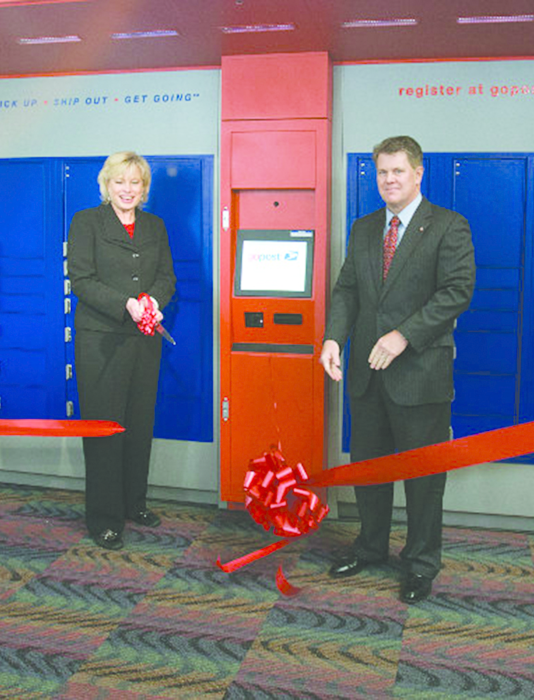Amie S., an elementary school teacher in New York, ordered a dress online for a wedding. She received a parcel slip in the small mailbox in her apartment building and went to the local Post Office to retrieve it. They didn’t have it and had no record of its whereabouts. Not only was Amie without a dress for the wedding, but she was also going to have to take time from her busy schedule to track it or seek a refund.
This scenario plays out daily in cities across the nation, causing migraines for Internet retailers, customers, and the U.S. Postal Service alike. The situation intensifies during the year-end holiday season.
Since 2010 USPS’s year-over-year package volume has increased an average of 24%, and holiday volume has increased 38%. But as the demand for lucrative shipping business rises at the Post Office, the number of available postal-carrier work-hours decreases. As a result, the Postal Service has been exploring “dynamic routing,” a system that analyzes, addresses, and orders delivery routes in such a way as to traverse the minimum number of miles. In a report released last December, the Office of the Postal Service’s Inspector General suggested increased space for packages in cluster box units as one way to bolster dynamic routing.
Last month USPS began testing Gopost—self-service parcel lockers that could end up increasing package delivery efficiencies and decreasing customer complaints for e-commerce companies in the nation’s major cities. Seventeen Gopost units were installed, mostly inside Post Offices, in New York and Washington. Here’s how they work:
Gopost users register for the program on a website and receive an account number, an access card, and a PIN for accessing the units. When ordering merchandise online, they enter the location of the parcel locker (“1712 Gopost,” for example) and their account numbers. An email notifies them that delivery has been made to the unit, where they swipe their cards and enter their PINs at a service terminal. Lockers that contain their packages open and then close automatically after they’re removed.
Users can also ship packages via Gopost lockers by purchasing Priority Mail postage on the Internet. At the Gopost terminal, they select the “Ship Packages” option, scan the barcode from the shipping label, and the correct size locker opens automatically to accept packages as large as 12”x15”x18.5”. This could prove a further boon to USPS, because customers must use USPS to ship packages via Gopost. Customers can receive parcels from other major shippers such as UPS and FedEx.
Mail industry observers generally view Gopost as a positive move for the beleaguered Postal Service. “The benefit of Gopost is that there’s a variety of packages you can ship. For returning merchandise to e-commerce sellers, that’s just slick for city dwellers,” says Ursa Major Associates Executive Director Mike Comstock, who served as SVP of corporate strategy and e-commerce at DHL.
Hamilton Davison, executive director of the American Catalog Mailers Association, sees Gopost as a good first step in a very long walk. “When the Postal Service can’t make a package delivery in a city, they leave a note saying you have to come down to the Post Office and pick this up, and surveys show that’s a huge source of frustration for customers and really degrades the value of the Postal Service in their minds,” he says. “But as for the spike in holiday demand, bringing in a locker system isn’t going to increase capacity. That piece has yet to be worked out.”





